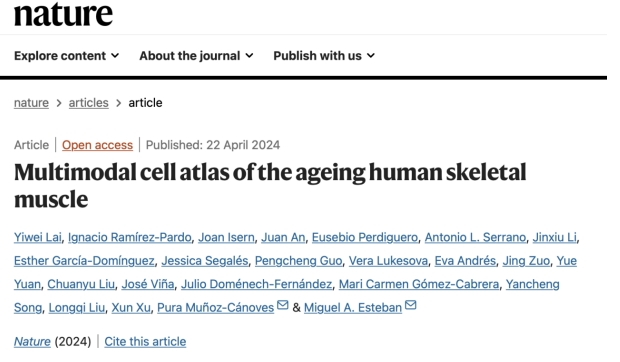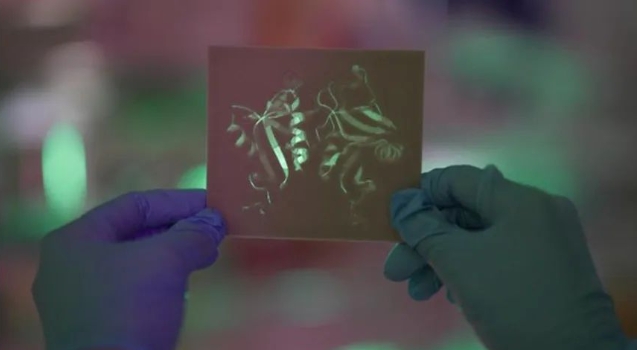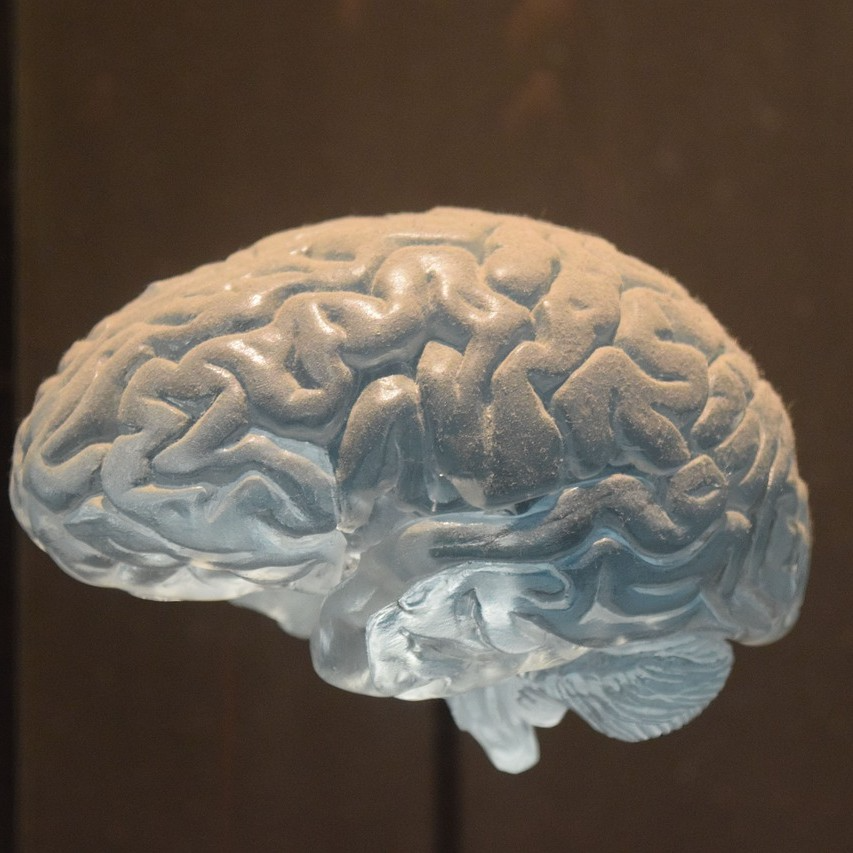本文转载自科研圈微信公众号
撰文 Alice Klein
翻译 唐诗语
审校 郭怿暄
你是否有过这样的经历:面对满满一桌辛辣的菜肴,大快朵颐之后却感到肠胃不适?又或者某段时间本来就“压力山大”,此时肠胃也来插上一脚,天天闹别扭?科学家告诉你,这也许是你肠道里的“味蕾”在作怪!研究发现,小肠里的“味蕾”能感受到致炎化学物质的存在,并警示我们的大脑将这些东西排空。
我们对这些被称作“肠噬铬细胞”的肠道味觉感受细胞知之甚少。它们第一次引起科学家的兴趣是由于这类细胞分泌了人体90%的5-羟色胺 (5-羟色胺是大脑中调节情绪、味觉和睡眠的神经递质)。
为了弄清为何这些肠道细胞会分泌如此大量的神经递质,来自加州大学旧金山分校的 David Julius 等人用实验室小鼠细胞培育的迷你小肠展开研究。
他们发现肠噬铬细胞存在感受饮食刺激、应激激素和细菌代谢副产物的受体。当细胞与这些底物接触后就会分泌5-羟色胺,刺激和大脑相连的小肠神经末梢。
大脑对这些刺激的响应就是加强胃肠蠕动,当情况真的很糟糕时就会诱发呕吐或腹泻。Julius 说:“这些刺激还会通过让你感到不适来提醒你:你的胃肠道发炎了。”
芥末之祸
研究人员发现饮食刺激中反应最强烈的是一种名为异硫氰酸烯丙酯(allyl isothiocyanate)的含硫化合物(存在于芥末、辣根、卷心菜及西蓝花等蔬菜中)。这些食物会影响肠道蠕动并会在食用过量时让腹部感到翻江倒海。
应激激素(包括肾上腺素和去甲肾上腺素)都有刺激肠道的作用。Julius 指出这些物质的浓度会因肠道内的局部炎症反应或是更普遍意义上的应激反应而升高。尽管相关细节还需要进一步研究,但这也许是紧张情绪和消化问题之间的某种联系所在。
另一种主要的刺激因子是细菌代谢的副产物“异戊酸盐”(isovalerate),它被认为是肠道菌落失衡的标记物并与腹部疼痛有关。
肠易激综合征
所有这些能刺激肠嗜铬细胞的物质都被发现和肠易激综合征(irritable bowel syndrome,IBS)有关,其主要症状是交替的便秘、腹泻。Julius 表示:“我们正在研究在肠易激综合征患者中这些细胞是否过度敏感。”
来自加拿大安大略省麦克马斯特大学(McMaster University)的 Waiiul Khan 表示已经有证据表明提高5-羟色胺水平的抗抑郁药物,即“选择性羟色胺再吸收抑制剂”(selectiveserotonin reuptake inhibitors ,SSRIs)能够通过促进肠蠕动来缓解肠易激综合征患者的便秘症状。”
而降低5-羟色胺水平的药物,比如用来缓解恶心的药物枢复宁(ondansetron)则可以被用来减少肠蠕动,缓解肠易激综合征患者的腹泻状况。但这种药物可作用于全身的5-羟色胺受体,特异性并不高。Julius的团队正在研究特异性更好的药物来治疗肠易激综合征及其他胃肠道失调疾病。
【原文链接】https://www.newscientist.com/article/2138318-special-cells-explain-why-cabbage-and-stress-churn-your-guts/
论文信息
【标题】Enterochromaffin Cells Are GutChemosensors that Couple to Sensory Neural Pathways
【作者】NicholasW. Bellono,HollyA. Ingraham,DavidJulius et. Al
【发表日期】22 June 2017
【DOI】10.1016/j.cell.2017.05.034
【摘要】Dietary, microbial, and inflammatoryfactors modulate the gut-brain axis and influence physiological processesranging from metabolism to cognition. The gut epithelium is a principal sitefor detecting such agents, but precisely how it communicates with neuralelements is poorly understood. Serotonergic enterochromaffin (EC) cells areproposed to fulfill this role by acting as chemosensors, but understanding howthese rare and unique cell types transduce chemosensory information to thenervous system has been hampered by their paucity and inaccessibility tosingle-cell measurements. Here, we circumvent this limitation by exploitingcultured intestinal organoids together with single-cell measurements toelucidate intrinsic biophysical, pharmacological, and genetic properties of ECcells. We show that EC cells express specific chemosensory receptors, areelectrically excitable, and modulate serotonin-sensitive primary afferent nervefibers via synaptic connections, enabling them to detect and transduce environmental,metabolic, and homeostatic information from the gut directly to the nervoussystem.
【论文链接】
https://www.sciencedirect.com/science/article/pii/S0092867417305950







